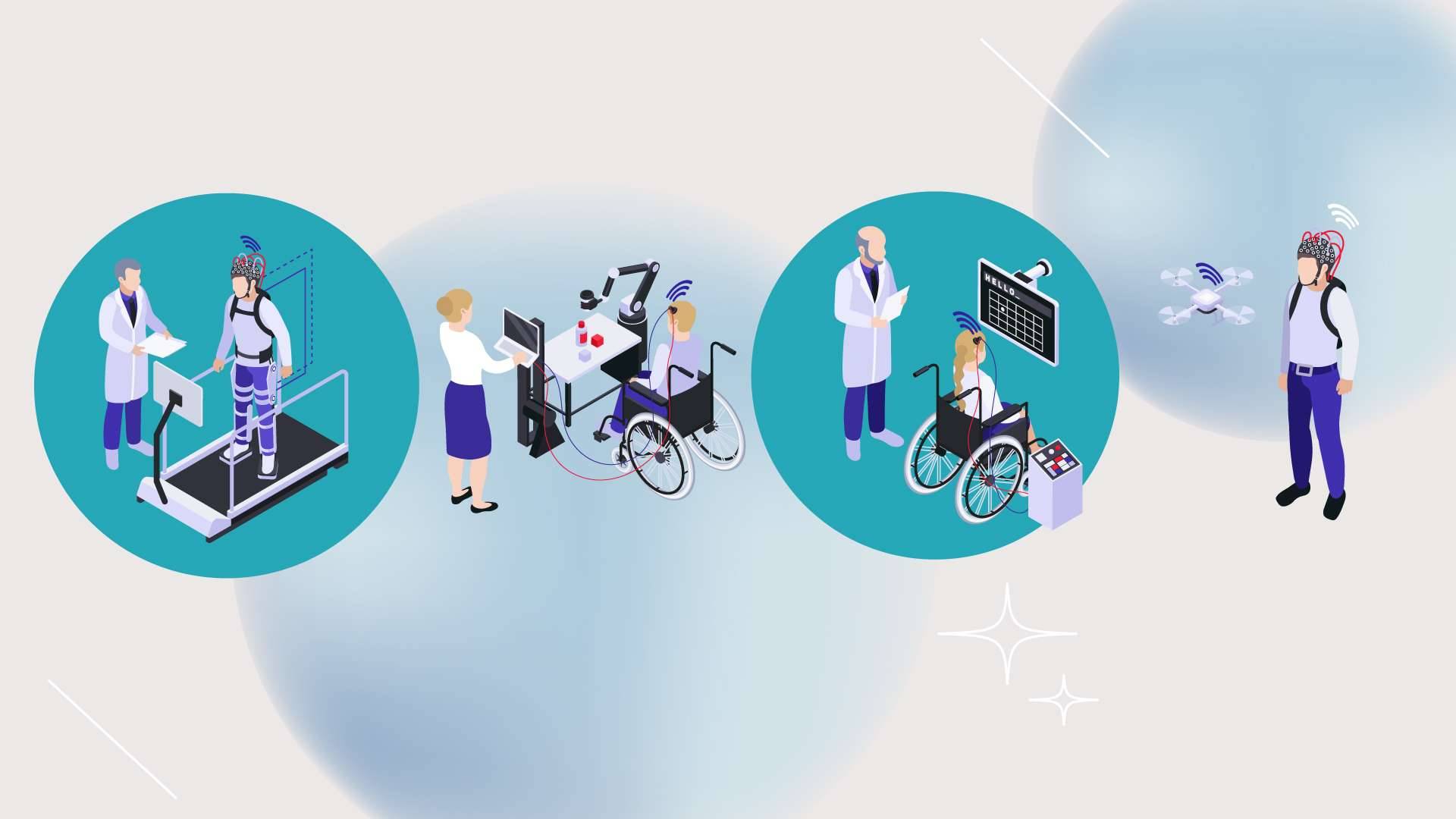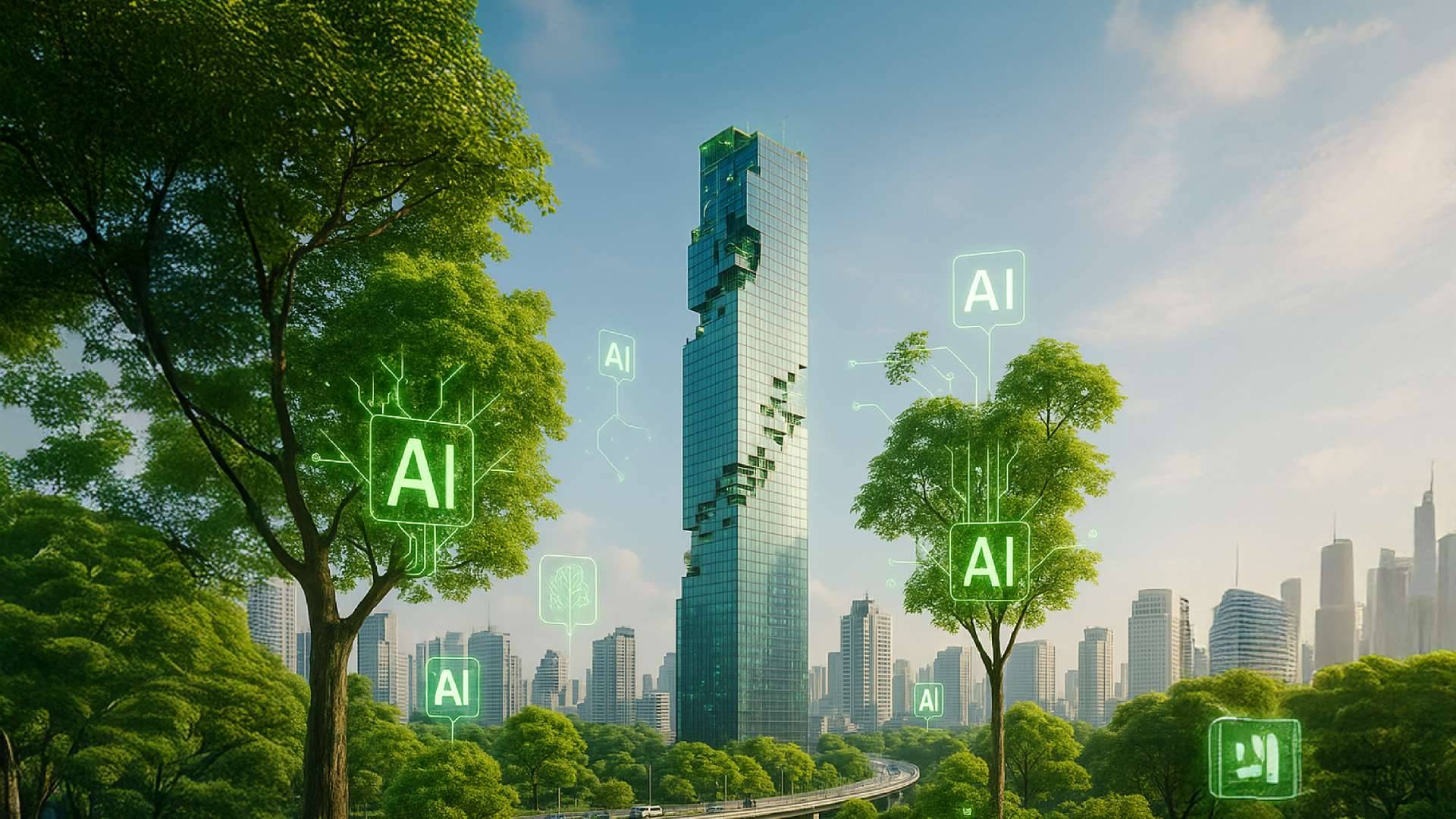
From Service Robot to Exoskeleton and Prosthesis
ARTICLES | May 07, 2024
Robots tend to be seen as standing or moving machines that help with repetitive tasks. The post-COVID era has given us a clearer picture of service robots from hotels to restaurants. But robotics goes beyond these applications to extensions of the human body.
Exoskeletons to help the elderly or disabled are no longer a new concept. The technology has been researched and developed for both medical and military purposes. By 2030, the market is estimated to total $257.9 million.
Current developments in robotics and mechanization can enable people with disabilities who have lost an arm or leg to reclaim function. Prosthetics can give electrical signals to reactivate organs and nerves affected by neurological, brain, or spinal cord injuries. These prostheses can actually move according to the wearer's needs, helping patients with myasthenia gravis, paralysis, and Parkinson's.
By combining prosthetics with brain computer interface (BCI) technology, embedded devices can overcome limitations and restore complex neural capabilities. They can provide muscle, sensory, communication, or even memory capabilities. Researchers at UC San Francisco in 2021 successfully used the technology to return speech ability to paraplegic patients by translating brain waves into text on the screen.
Implications for the future:
- Exoskeleton, prosthesis, and BCI technologies will be integrated to enhance the rehabilitation of the elderly and disabled.
- When such technology begins to be used widely, the government should support the cost as state welfare.
References
-https://www.ncbi.nlm.nih.gov/pmc/articles/PMC3758523/#:~:text=Neuroprostheses%20are%20devices%20that%20use,spinal%20cord%20injury%20(SCI)











